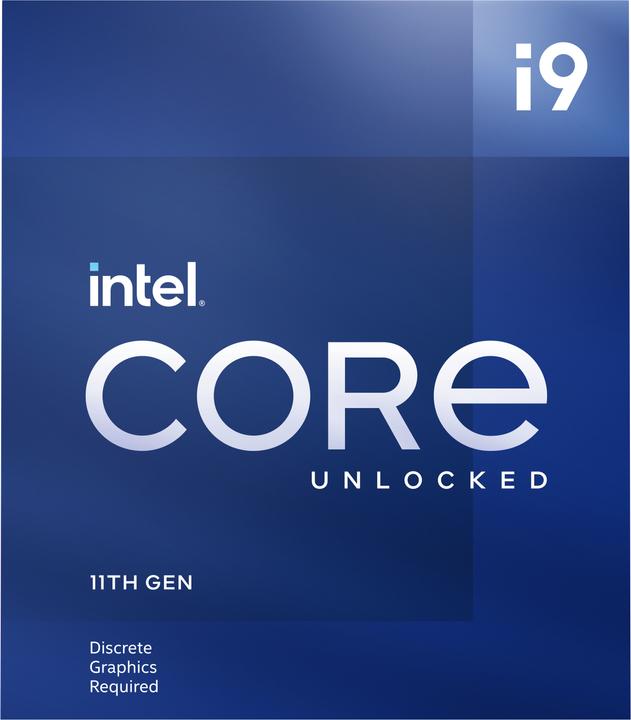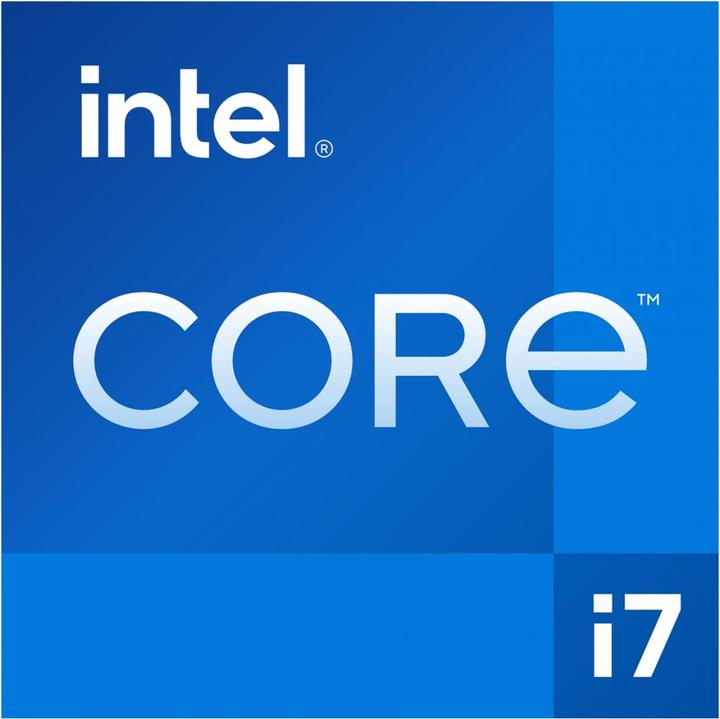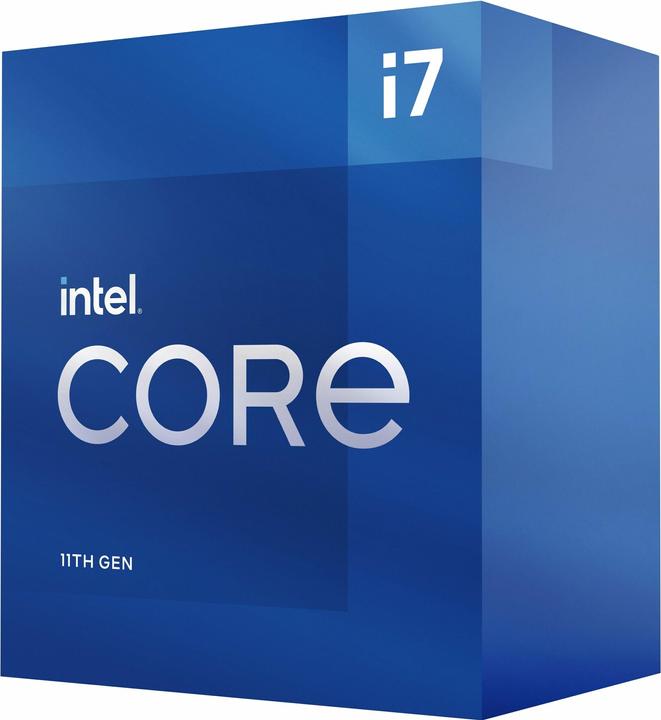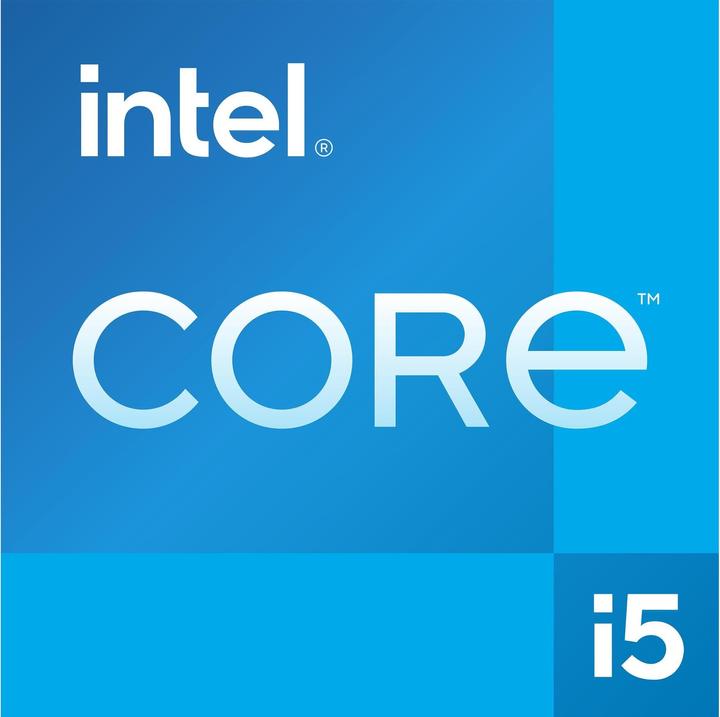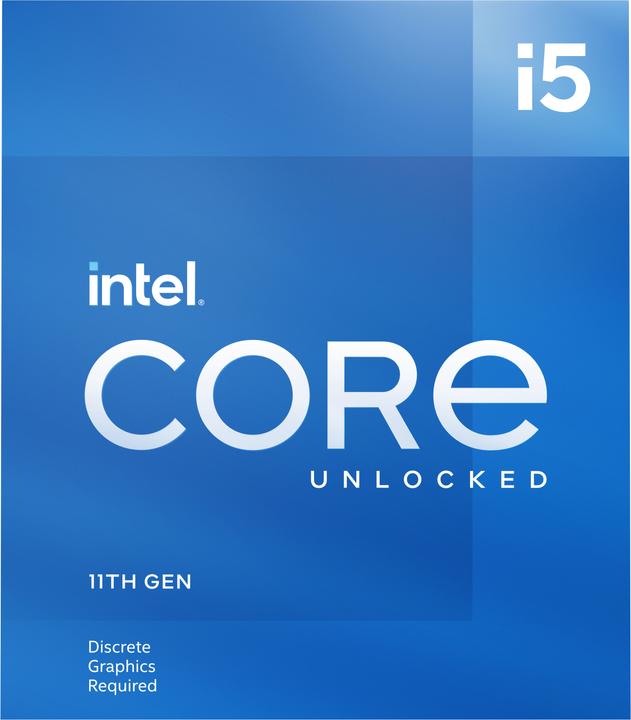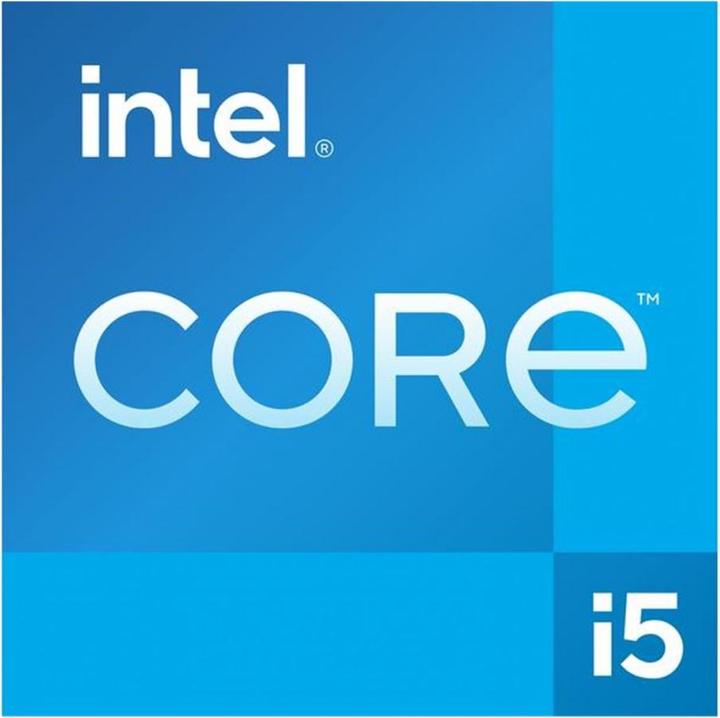

Intel Rocket Lake: a last hurrah for the 14 nm manufacturing process
In Rocket Lake, Intel has introduced its first new CPU architecture in six years. It involves back porting the Cypress Cove architecture for 14 nm manufacturing. The last wheezing gasp for this manufacturing process is giving me mixed feelings.
Intel has been manufacturing its desktop chips using the 14 nm process since 2015. Rocket Lake marks its seventh and final appearance. Intel has never stuck with a manufacturing process for this long. The Cypress Cove architecture, which brings some new features, is a novelty after six years.
If you're interested in reviews for the i9-11900K and i5-11600K, you can find them here (both in German):
New features and properties
Here are some new features as well as the most important characteristics at a glance:
- A maximum of 8 cores instead of 10 and a 5.3 GHz boost clock.
- New Cypress Cove CPU architecture and Tiger Lake graphics architecture (Xe-LP graphics).
- PCIe 4.0 support with up to 20 lanes (four for memory).
- AVX-512 support.
- Thunderbolt 4 support.
- Supports memory up to DDR4-3200.
- New overclocking features.
- Limited compatibility with 400 series motherboards.
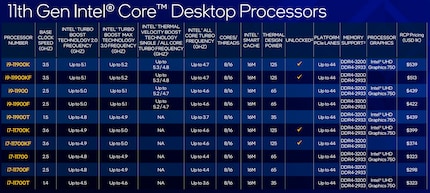
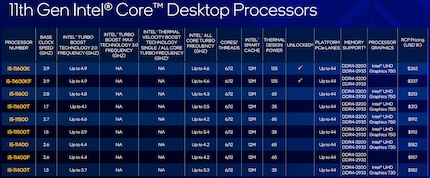
Intel's current integrated graphics are useless for games. There hasn't been a significant iGPU performance boost for Intel processors since Kaby Lake in 2016. Rocket Lake switches things up, coming with Intel Xe graphics. According to Intel, graphics performance has doubled when compared to the previous generation of chips. Gaming in 1080p at low quality settings should be possible. In addition, Intel provides Resizable BAR, a feature that AMD introduced with its Radeon 6000 graphics cards. It's intended to increase the performance of discrete GPUs. However, the feature is only available for Radeon 6000 and GeForce RTX 30 cards.
For streamers and video production workloads, Intel supports advanced media encoders: 10-bit AV1 and 12-bit HEVC.
Rocket Lake continues to natively offer HDMI 2.0 as well as HBR3 and supports the PCIe 4.0 interface, which theoretically offers twice the bandwidth of PCIe 3.0. Intel is slowly catching up to AMD, which has already offered the feature for two years. Furthermore, the manufacturer has also increased the memory throughput from DDR4-2933 to DDR4-3200.
It all sounds good, but Intel only offers a maximum of eight cores with Rocket Lake. The Comet Lake i9-10900K top model still had ten. A step backwards due to the back porting of the architecture. Back porting has allowed Intel to transfer new architecture based on a smaller model to the older, larger fixture.
Intel has backported the 10 nm Sunny Cove cores found in the Ice Lake processors to the less dense 14 nm process. This results in Rocket Lake's Cypress Cove architecture, which leads to fewer transistors being available for manufacturing the new chips. As a result, Intel had to remove two cores. There simply wasn't enough space on the chip for the larger dies.
Compared to AMD's maximum of 16 cores in the Ryzen 9 5950X, Intel is seriously lacking. The chip giant has additionally admitted that the gen-to-gen performance is low in applications that use many cores. Intel points to the 19 per cent IPC increase and the high clock rates, which should compensate for the lower core count. Later this year, the twelfth Core i-generation, which is manufactured in the 10 nm process, will be released with the Alder Lake chips. Intel wants to offer more cores then. This makes Rocket Lake appear quite peculiar. Either the eleventh generation is a short-lived series, or it's meant to complement Alder Lake.
500 chipset
Although Rocket Lake processors are compatible with 400-series motherboards, Intel is bringing out the new 500 chipset. Intel's Direct Media Interface (DMI) provides a data path between the chipset, the Platform Controller Hub (PCH) and the processor. A certain number of PCIe lanes are directly connected to the CPU. The motherboard chipset can also enable some of these connections. PCIe lanes from the motherboard are routed to the DMI and share its bandwidth.
With Rocket Lake, Intel has widened the DMI from four to eight lanes and thus doubled the bandwidth between chipsets and processors. This allows more devices connected to the motherboard's PCIe lanes to operate at full performance.
Memory overclocking was previously only allowed to high-end Z mainboards. The 500 series unlocks this feature for H and B boards as well. This removes the restriction for faster and higher-quality memory, even for low-end platforms.
The final feature to be noted is USB support. The 500 series chipsets now support USB 3.2 Gen 2x2 with a maximum bandwidth of 20 Gbps.
Other features include Wi-Fi 6E as well as Thunderbolt 4 support and integrated Wireless-AX CNVi.
Availability of the chips
If you're following the situation surrounding CPUs, GPUs and the like, you'll know that semiconductors are currently in short supply. Intel is also affected by this. There are a few models available in our store at launch, but they'll be gone quickly. The bottleneck will certainly last the whole 2nd quarter.
From big data to big brother, Cyborgs to Sci-Fi. All aspects of technology and society fascinate me.
Practical solutions for everyday problems with technology, household hacks and much more.
Show all